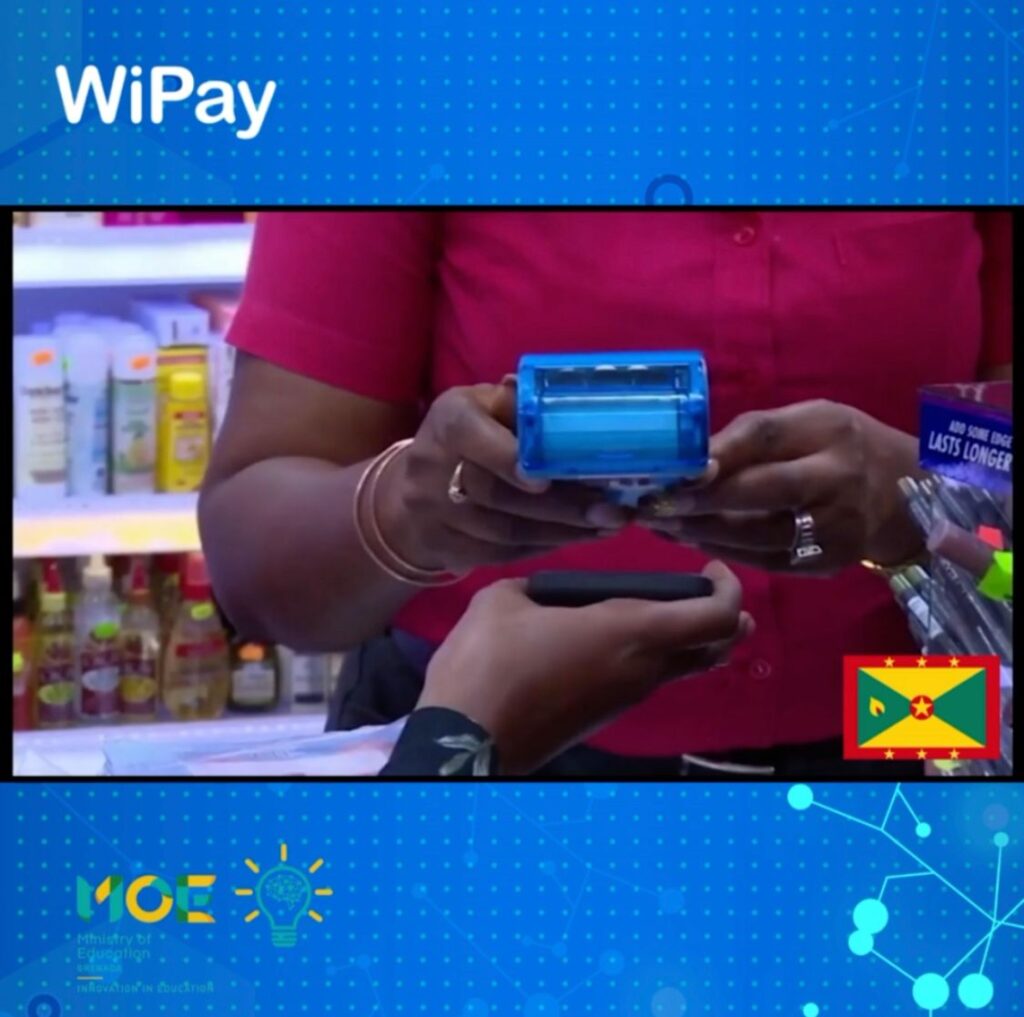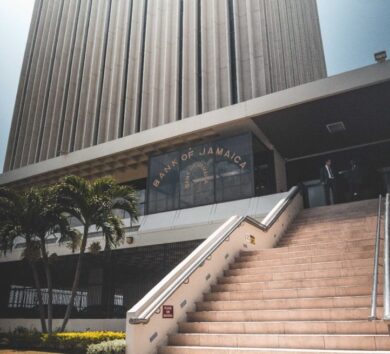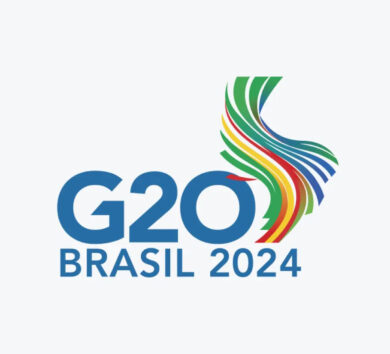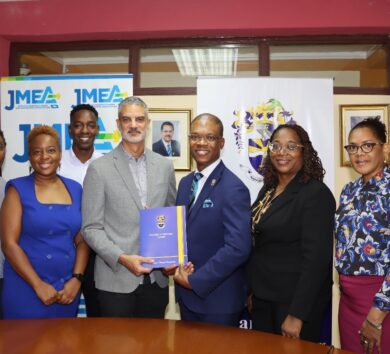

Mastercard has released a whitepaper on the state of remittances, also known as cross-border payments, in Latin America and the Caribbean.
Remittances play a key role in strengthening financial inclusion in the region, boosting economies, and alleviating poverty –often serving as an essential source of income for people in low- and middle-income communities. According to the United Nations, 800 million people worldwide (or about one out 10) live in households that receive international remittances. In Latin America — remittances have grown faster than those at the global level (10% annually since 2014 compared to 4% globally).
In 2022, formal remittance volume in Latin America reached US$146 billion, more than double the amount from a decade ago, and a 25x growth over the past 30 years. According to projections, 2024 will mark a shift toward greater speed, simplicity and security as digital remittances begin to outpace sending of physical cash across borders.
After several years of accelerated digitalisation, consumers in Latin America now have high mobile penetration, greater access to the Internet, and fewer people that are unbanked and underbanked, sparking the growth of digital remittances in the region. In fact, as these trends continue to shape the digital agenda in Latin America, they are expected to generate an incremental US$20 billion in digital remittances by 2026.
In recent years, traditional providers have enabled digitalisation and ushered in new players to the industry, including fintechs, digital wallets, blockchain companies, and other technology companies, responding to the trends seen in the Latin American remittances industry:
The United States – Mexico corridor is the single largest remittance pipeline in the world, with a 2023 volume of US$65 billion.
In El Salvador, two out of every 10 families who receive remittances live in poverty.
In Guatemala, at least 1-in-3 households count remittances as their main source of income.
In Honduras, remittance recipients represent just about 50 per cent of all households.
In South America, inflation and political instability in the region are drivers of migration and remittances flows, which often utilise fintech and blockchain rails to avoid the problems that arise when using the traditional system.
Pain points to adoption
Despite the massive volume and positive impact of remittances, the industry still faces substantial challenges that limit full digitalisation and adoption, including lack of transparency, trust and security in the system, poor digital user experiences, and slow transaction speeds. Additionally, dealing with regulation is perhaps one of the most acute issues, given the lack of legal, regulatory, and operational consistency across global jurisdictions.

A financial exclusion gap also still exists affecting underserved or unbanked communities. According to the Mastercard Borderless Payment 2023 global report, more than one-third of those surveyed said their families back home have limited options to access the money they send, and nearly one in four agree their family must travel a long way to access their funds.
This reveals financial and digital exclusion, as well as underdeveloped financial and digital infrastructure (e.g. lack of 4G coverage, low smartphone penetration, and absence of banks or remittance retail agents) present in the region.
Preparing for the future of remittances
To meet consumer demands and accomplish the necessary digital advancements to empower remittance adoption, companies and providers need to:
Adapt digital solutions to a cash environment. Remittances companies should enable receivers to use the money how they want—digitally or in cash.
Provide transaction transparency and safety while also eliminating concerns. Companies should communicate pricing clearly before they execute a transaction, as well as indicate the expected timing for settlement.
Build trust through regulatory compliance and digital innovation. Companies should enable faster customer onboarding and reduced processing time with digitalised KYC (know your customer) tools.
Provide rewards to loyal customers and financial education. Providers should share educational information and offer post-transaction points, miles, discounts, gift cards, and/or other benefits.
Provide everyday value and clear convenience over cash. Providers should emphasize the convenience of digital payments and demonstrate why digital remittances and cross-border services deliver more everyday value.

Mastercard’s technology and innovative solutions enable its customers to move money and data quickly and securely. Using Mastercard’s portfolio of international money transfer solutions, Mastercard Move, participating financial institutions can offer their customers international payments to over 180 markets, including a global payout network of over 150 currencies that reaches 95% of the world’s banked population. Mastercard Move reaches nearly 10 billion endpoints worldwide, including bank accounts, card, wallet, and cash payout locations. The portfolio combines the power of Mastercard’s existing and future money movement capabilities including Mastercard Send and Mastercard Cross-Border services.
Scope and methodology of the research
Mastercard partnered with PCMI, a payments industry market intelligence firm, to assess remittances in Latin America. The study markets include Mexico, El Salvador, Guatemala, Honduras, Brazil, Argentina, and Colombia compared against a broader global context. This research took place from October and December of 2023, which consisted of sourcing public data resources and conducting 10 in-depth interviews with six companies inclusive of banks, traditional and digital-only money transfer operators (MTOs), retailers, technology enablers, and Mastercard executives.







Comments